recreation agency
Graduate Core 3 Studio, Fall 2018
University of California, Berkeley
In December 2017, the California Department of Transportation and the East Bay Regional Park District signed a 10-year lease for the historic “Bridge Yard” building, located at the eastern foot of the Bay Bridge, marking a milestone in the nearly decade-long process of development for the site and advancing a highly visible public project. At least nine stakeholders are involved in planning the 170-acre Gateway Park, an epic feat of organizational coordination. Not incidentally, Gateway Park is well situated to be a major multi-modal transportation node, as it draws together car traffic from the bridge, local car and truck traffic from Oakland’s industrial port, bicycle traffic at an important knuckle of the San Francisco Bay Trail, and waterfront access.
In January 2018, Proposition 64, the Adult Use of Marijuana Act, went into effect, itself the product of tremendous coordination on the part of lawmakers statewide. Legalizing the recreational use of marijuana has opened up a new above-board economy, but the rollout and distribution of licenses to grow and sell cannabis has been plagued with complications and rife with inequity. The market continues to suffer from negative perceptions of its product and remains on the margins of the mainstream.
This studio will recognize the unique confluence of opportunities that the establishment of Gateway Park simultaneous with the legalization of the recreational use of marijuana present, and will form the new non-governmental Recreation Agency to make use of them. The Recreation Agency will innovate in process, integrating intentional collaborative techniques into the workings of our studio.
The Recreation Agency will together produce a comprehensive vision for Gateway Park that integrates all manner of recreational activities with programs that support them. This will include at a minimum: performance venues of many scales; sports fields, pools, and gymnasia; a working cannabis farm, processing plant, and retailing location; restaurants and temporary housing; and parking for all manner of vehicles, both privately and collectively owned. Students will identify opportunities for their own individual interventions within the Recreation Agency’s overall proposal.

Tara Shi
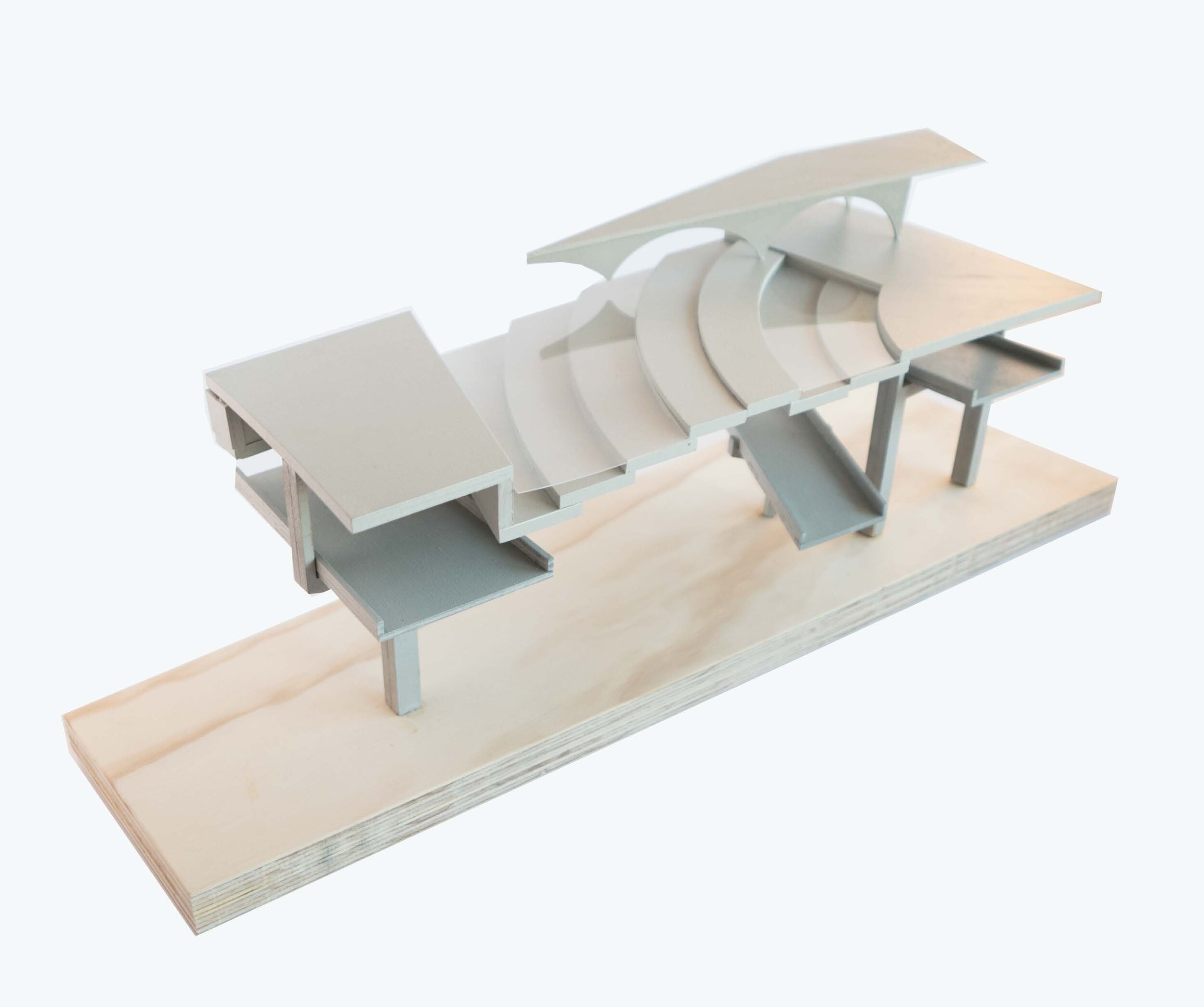
Tara Shi
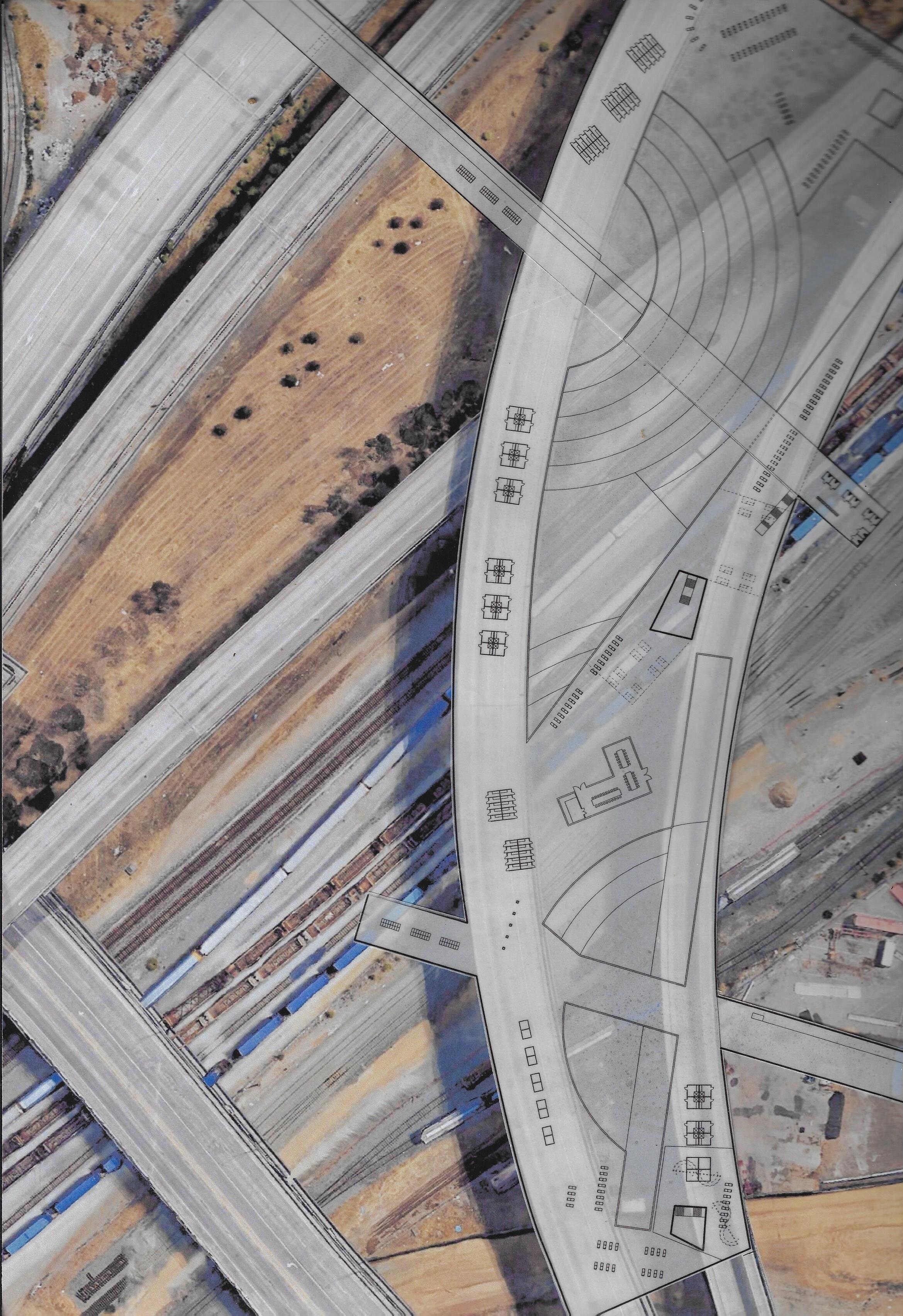
Tara Shi
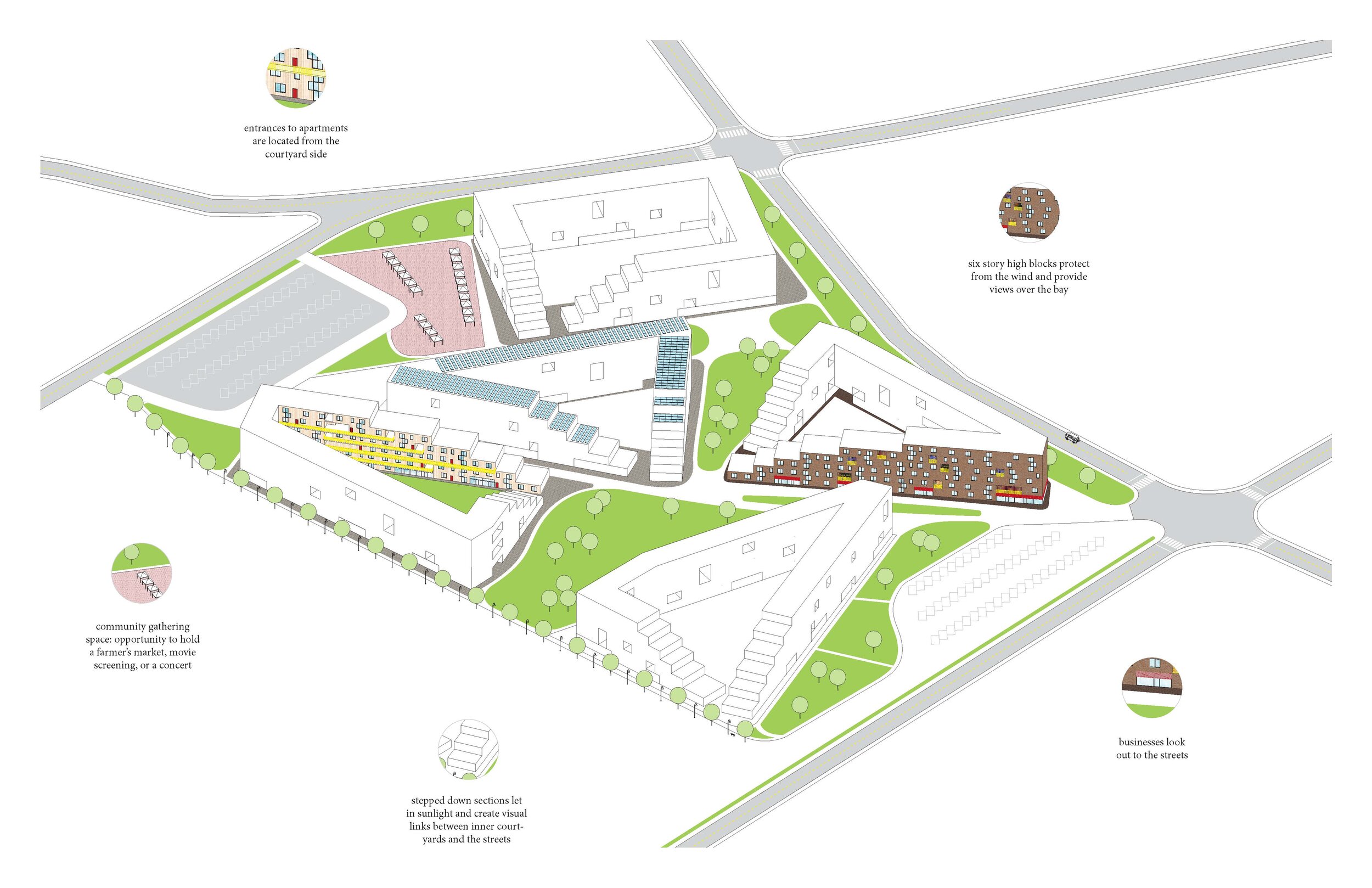
Anna Samsonov
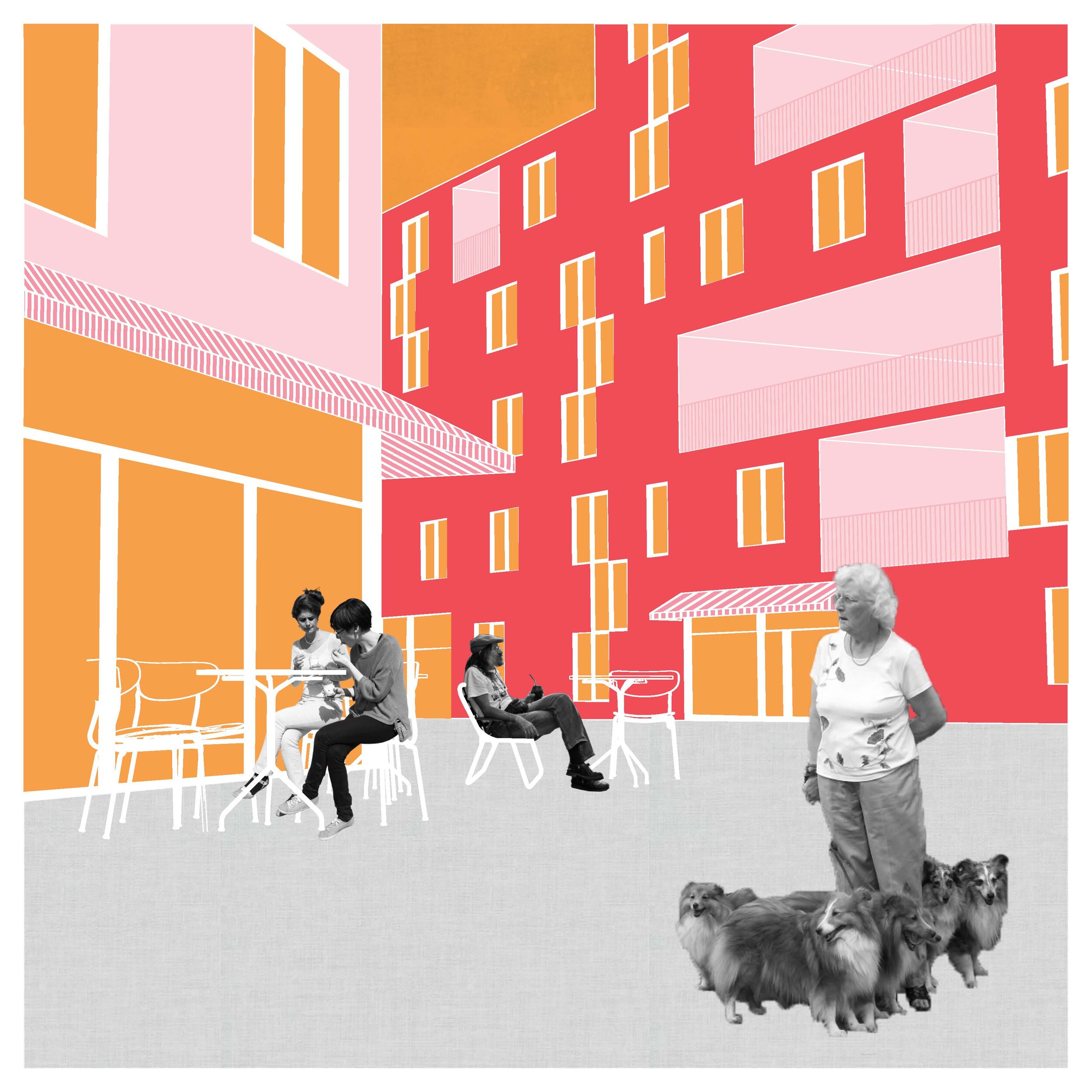
Anna Samsonov
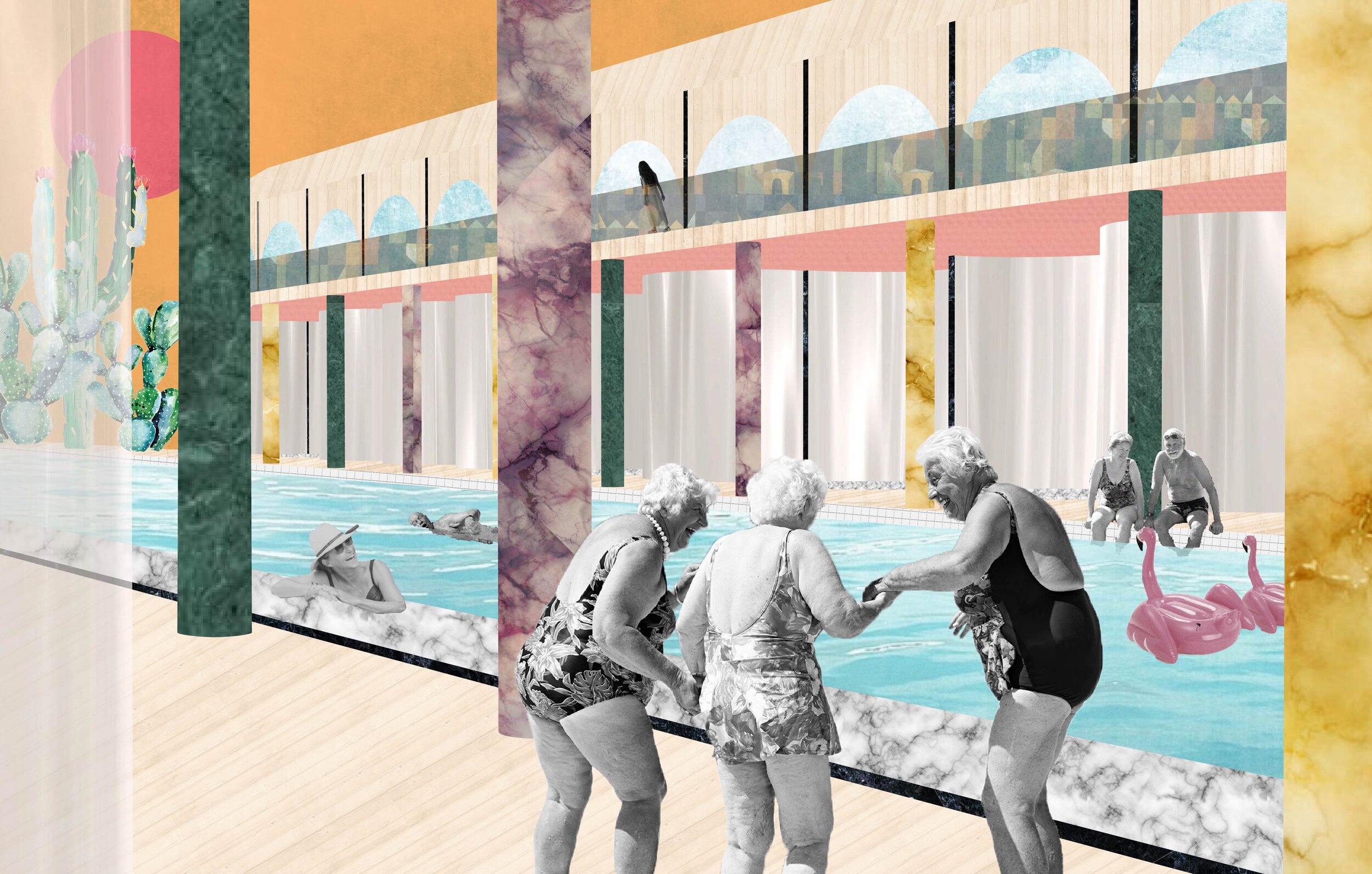
Anna Samsonov

Anna Samsonov
